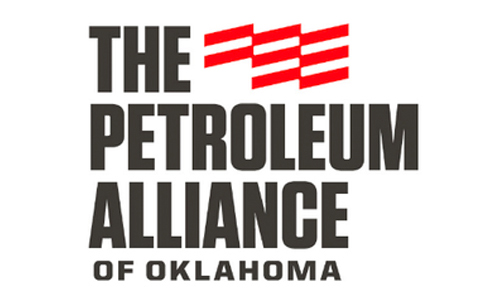Artificial intelligence (AI) systems would increase productivity, quality, and task integration. Moreover, it would reduce the time required for tasks in specific disciplines within the Oil and Gas industry, such as Petrophysics. Rock typing is one of the most important tasks where AI can contribute.
One of the most emerging challenges for geoscientists and engineers is to improve reservoir description techniques. In some cases, classical discrimination of hydraulic units has been based on subjective geological observations and/ or empirical relationships between permeability/porosity data. The aim is to differentiate between prospective rocks and seal rocks (with no flow potential). According to Amaefule (1993) the Flow Zone Indicator (FZI) is a “unique parameter that incorporates the geological attributes of texture and mineralogy in the discrimination of distinct pore geometrical facies (hydraulic units)”. The technique is based on a modified Kozeny-Carmen equation and the concept of mean hydraulic radius. A hydraulic unit zonation process requires a rigorous statistical approach. It has been shown that artificial intelligence, has the potential to increase the ability of problem solving to geoscience and petroleum industry problems even in cases of limited availability or lack of input data.
Machine learning models could break through petrophysical rock typing. Figure 1 illustrates the structure in which it provides the information needed for humans to review and determine the best model for the subsurface petrophysical properties of a reservoir. The workflow was applied to a Venezuelan sandstone reservoir. Compared to previously deterministic methods used, it yielded to increasing permeability prediction accuracy and improving rock-type identification. The methodology integrated all geological information available (subsurface core descriptions, microresistive image log, lithofacies, X-Ray diffraction, thin section and scanning electron microscope information). More than 1000 subsurface samples were used during the training process. Each step was approved satisfactorily and therefore confidence was higher. Any future simulation problem could be explained in terms of the upscaling process, geostatistical distribution and scarce pressure-production data.




